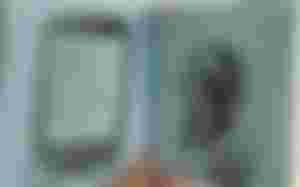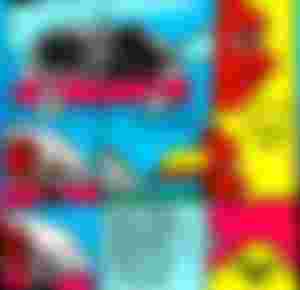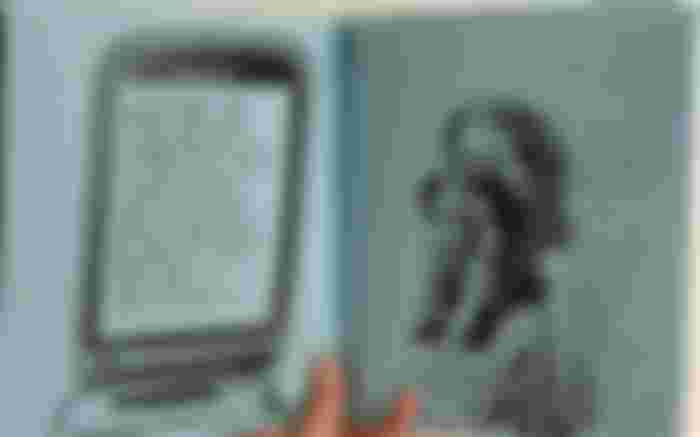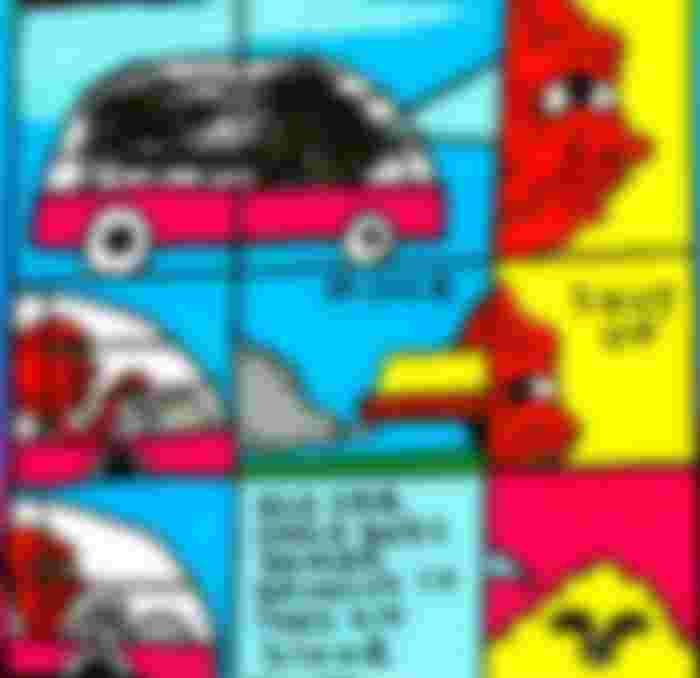Deskilled Comics are purposefully drawn comics. They are famous in the craftsmanship funnies world today; models incorporate crafted by, Mushbuh, Kendra Yee, Mickey Zacchilli, Karrisa Sakumoto, Jaakko Pallasvuo, Kim Jooyoung, Ben Marra, Chris Harnan, Masano Hirayama, Char Esme, Ben Mendelewicz, and Isobel Neviazsky, just as specific parts of Patrick Kyle and Ginette Lapalme's works.

Other than being instances of Deskilled workmanship, these funnies regularly consolidate composed garbage and inaccurate punctuation and spelling. They are not intrigued by plot or the brain science of characters. They feel unconstrained, improvisational, and spontaneous. They incline toward continuous flow. They couldn't care less about authenticity, in the feeling of verisimilitude as well as in the feeling of "reflecting society in the correct way". The majority of them are diverting yet cynical about late private enterprise and the most recent mechanical advancement despite the fact that they are created, dispersed, and saw utilizing the most recent innovation, for example, web-based media and cell phones. A considerable lot of them don't avoid obviously showing that they are made with computerized devices, while deliberately containing innovation and website composition includes that originate before the web-based media age.
Deskilled Comics are not a self-governing or autonomous advancement inside craftsmanship funnies. The Deskilled style is famous not just in the minor subculture of craftsmanship funnies yet additionally in the contemporary post-computerized visual culture; Hito Steyerl has called it "Helpless Image". It contains numerous highlights of the post-advanced stylish, including low goal, MS Paint, late 90s and mid 2000s website composition, glitches, pixelization, appalling typography, and so on The epitome of the post-advanced (post cell phone and online media) tasteful is Meme which additionally addresses the post-computerized culture.

There have been Deskilled Comics previously. For example, in DIY, zine, and punk culture, there is Gary Panter's Jimbo and Mark Connery's Rudy, just as Lynda Barry and Japan's Heta Uma (Yuka Goto, Shiriagary Kotobuki, and Man Gataro). Deskilling comes from Modernist artistic work customs like Abstraction and Primitivism. Funnies have consistently had a tasteful association with contemporaneous visual culture and craftsmanship like Modernism (See Society in Nix and Forgotten Fantasy by Sunday Press Books), Pop Art (Jim Steranko), and Psychedelia (underground funnies).
Dissimilar to past situations where funnies were impacted by and followed the more extensive visual culture, Deskilled Comics are the transcendent component of the contemporary post-computerized visual culture. The encapsulation of post-advanced culture, Meme, demonstrates this. Image is a comic: it has words and pictures cooperating, regularly in a real sense portraying a character and what it says; some of the time it has a grouping of pictures; at times it is really a comic. Rather than the expert Deskilled Comics I referenced above, Meme is vernacular: it doesn't have creation and it is made and delighted in by the majority.
Paper Rad's works fill in as another proof that Deskilled Comics are the basic element of post-advanced culture. "Today, … Paper Rad's tasteful and approach are in proof all through web culture and mainstream society… Paper Rad's heritage can be seen any place (in the expressions of Ben Jones) "large, wonderful pictures look down unendingly on a page with energized things." … The extraordinary stylish — which amalgamated hallucinogenic shadings, tween sentimentality, new age imagery, and 80s and 90s mainstream society — constrasted that of the dull, genuine troublemaker stylish regular in Northeastern DIY punk societies at that point," said the article going with New Museum's Net Art Anthology display Art Happens Here. Deskilled Comics were Paper Rad's principle and most persuasive tasks. Other than their Deskilled style — childike, "lo-fi" stylish, the unadulterated RGB and splendid fluorescent shades of MS Paint, and "animation characters" — their works' utilization montage, continuous flow, obscurity, and allocation, which are all highlights of post-computerized culture, particularly Meme. Paper Rad was the point of reference of everything post-advanced. It is no happenstance that the substance of Meme, Pepe, was gigantically impacted by Paper Rad. Since Deskilled tasteful is universal these days, it is more earnestly to get a handle on how extraordinary Paper Rad felt right around twenty years prior. Ivan Brunetti's An Anthology of Graphic Fiction, Cartoons, and True Stories,one of the most-utilized collections for funnies classes, includes a page of Paper Rad notwithstanding right around 1,000 pragmatist, elective, and additionally autobio funnies. In twenty years, the oddity turned into the zeitgeist.

